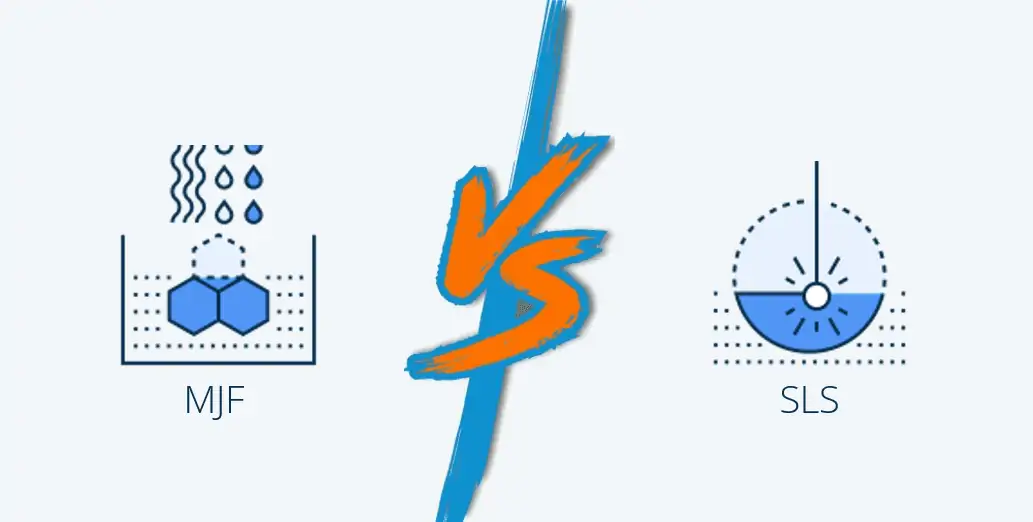Experimental Setup
For this experiment, we utilized three different 3D printing technologies to create guitar picks, each employing distinct materials and methods:
- Fused deposition modeling (FDM) with ABS
- Selective laser sintering (SLS) with PA 12 (nylon)
- Stereolithography (SLA) with Xtreme Grey (ABS-like, industrial grade)
To thoroughly evaluate the durability and functionality of these technologies and materials, we produced guitar picks in various thicknesses: 1 mm, 0.75 mm, and 0.5 mm.
Additionally, Niko, equipped with his electric guitar and amplifier, participated in the experiment to test these 3D-printed picks in a live setting.

Testing Process & First Comments
Equipped with his guitar, Niko tested the guitar picks, beginning with the thickest (1 mm) and progressing to the thinnest (0.5 mm). For each pick, he consistently played the same short, vigorous guitar riff, specifically chosen to assess the strength and flexibility of the picks.
1mm Thickness Test
Typically, guitar picks with a 1 mm thickness produce a grungier tone due to their slightly thicker profile. For this initial thickness test, Niko was expecting them all to hold, and they did.
| Technology | Material | Durability | Flexibility | Comments |
| FDM | ABS | High; does not break during normal use | Limited; less flexible compared to other materials | ABS is robust, maintaining integrity during play despite its rigidity |
| SLS | PA 12 | High; no deformations observed | Good; more flexible than ABS, with 20% elongation at break | PA 12 combines durability with a moderate level of flexibility, suitable for most players |
| SLA | Xtreme Grey | Moderate; shows wear after first use | Good; sufficiently flexible for play | Xtreme Grey offers a smooth finish but lacks the strength and mechanical robustness of other materials |

0.75 mm Thickness Test
This thickness gives a semi-lighter tone to the guitar and is usually used in real-time by many players. Again, Niko was expecting them to last without breaking, and they did.
| Technology | Material | Durability | Flexibility | Comments |
| FDM | ABS | High; remains intact during normal use | Limited; less pliant than other options | ABS is sturdy, ensuring reliable performance during play despite limited flexibility |
| SLS | PA 12 | High; maintains form even at thinner profiles | Good; offers better pliancy than ABS | PA 12 is recommended at minimum thicknesses above 0.75 mm for optimal balance of durability and flexibility |
| SLA | Xtreme Grey | Moderate; minor deformities may occur with use | Good; offers the necessary give for play | The Xtreme Grey part continues to wear out |

0.5 mm Thickness Test
This was the most challenging thickness and Niko did expect at least one of the guitar picks to break, due to the weakness of the parts.
| Technology | Material | Durability | Flexibility | Comments |
| FDM | ABS | Susceptible to deformation, may not withstand a full song | Not the most flexible in the category | Low wall thickness leads to deformation and potential breakage under stress |
| SLS | PA 12 | Durable, minimal deformities even with thin profiles | Quite flexible and good enough to play but deforms much more | PA 12 is prone to deformation because the wall thickness is below the recommended 0.75 mm, but it turns out to be very flexible |
| SLA | Xtreme Grey | Visible wear and breakage during play | Breaks while playing | Low mechanical properties, eventually break because of flimsy wall thickness |
Results & Observations
In our experimental evaluation of guitar picks, we witnessed that only 1 out of 9 picks eventually broke, and discovered significant differences in their performance based on material and print method. Each 0.5 mm pick showed some deformation irrespective of the technology or material used. Particularly, SLA-produced picks, despite their smooth finish, were the most prone to breaking under strain.
In contrast, picks made from PA 12 using SLS for both 1 mm and 0.75 mm thicknesses demonstrated superior durability and resilience, enduring the rigours of extended play. Despite a rougher surface, these picks withstood multiple sessions, proving that SLS with PA 12 outperforms ABS used in FDM in terms of flexibility and endurance, making it the most effective combination for creating robust, long-lasting guitar picks.
Conclusion
Finally, picks manufactured using SLS with PA 12 material consistently outperformed others in terms of durability and flexibility, making them ideal for repeated, intensive use. This experiment underscores the importance of selecting the right manufacturing process and thickness for specific applications. A decision that can significantly impact product performance – if you prioritise aesthetics (SLA smooth surface) over better mechanical properties (SLS flexibility and stiffness), you might up with a breakable part.
Xometry provides access to seven 3D printing technologies, along with expert guidance on selecting the optimal technology and material for your custom parts and projects. Simply upload your CAD files to the Xometry Instant Quoting Engine® to receive an immediate quote. And if you’re lucky enough, you might have the chance to meet Niko and get his precious 3D printing advice.
 Europe
Europe  Türkiye
Türkiye  United Kingdom
United Kingdom  Global
Global 

 Login with my Xometry account
Login with my Xometry account  1
1











Comment(1)